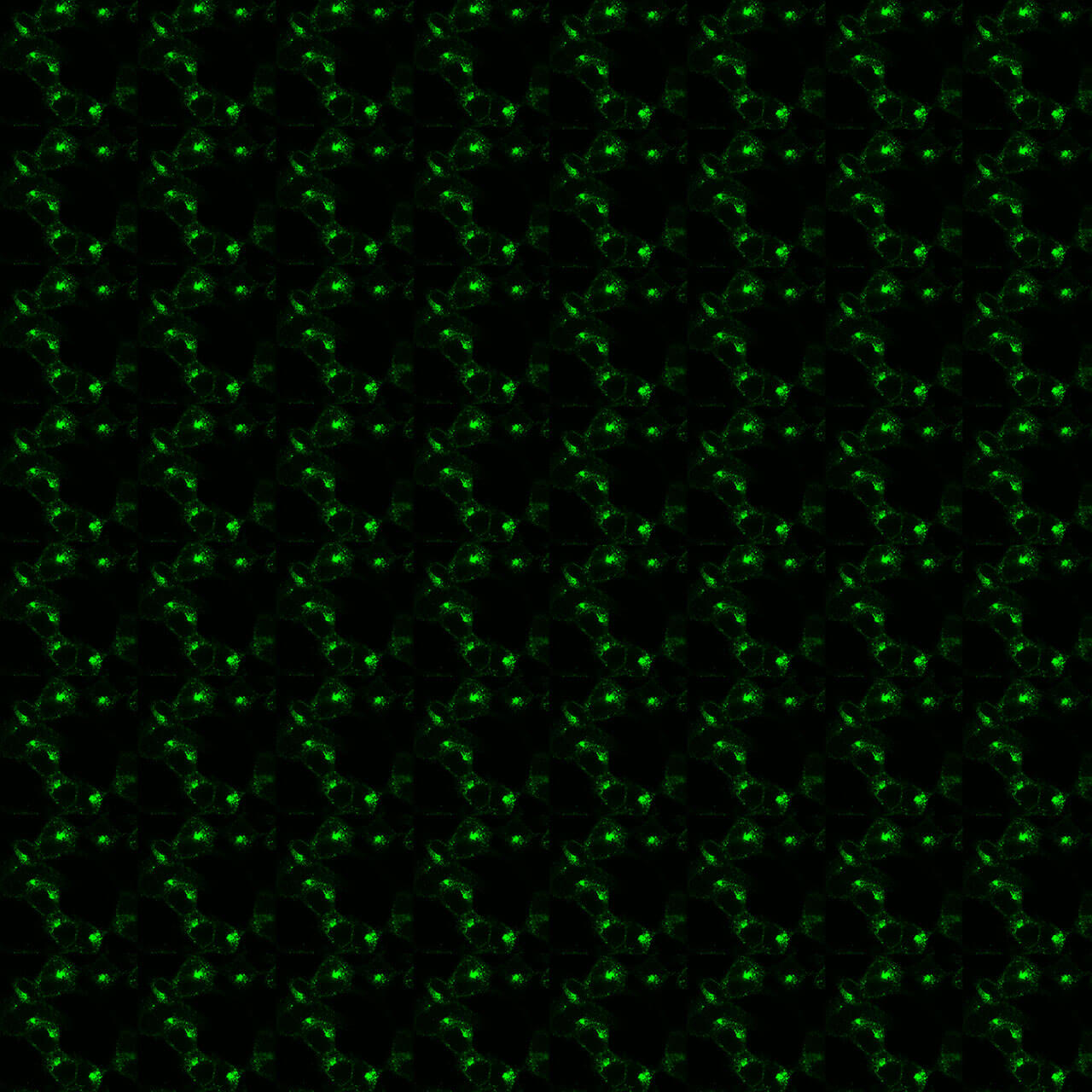No results were found for the filter!
NEW
 GPR183 (non-phospho), Oxysterol Receptor Antibody
GPR183 (non-phospho), Oxysterol Receptor Antibody The non-phospho-GPR183 receptor antibody is directed against the distal end of the carboxyl-terminal tail of human GPR183. It also detects GPR183 in cultured cells and tissue sections by immunohistochemistry. It can be used to detect...
375.00 € *
NEW
 GPR32 (non-phospho), G protein-coupled Receptor...
GPR32 (non-phospho), G protein-coupled Receptor... The non-phospho-GPR32 receptor antibody is directed against the distal end of the carboxyl-terminal tail of human GPR32. It can be used to detect total GPR32 receptors in Western blots independent of phosphorylation. The GPR32 antibody...
375.00 € *
NEW
 GPR27 (non-phospho), G protein-coupled...
GPR27 (non-phospho), G protein-coupled... The non-phospho-GPR27 receptor antibody is directed against the distal end of the carboxyl-terminal tail of human GPR27. It can be used to detect total GPR27 receptors in Western blots independent of phosphorylation. The GPR27 antibody...
375.00 € *
NEW
 GPR12 (non-phospho), G protein-coupled Receptor...
GPR12 (non-phospho), G protein-coupled Receptor... The non-phospho-GPR12 receptor antibody is directed against the distal end of the carboxyl-terminal tail of human GPR12. It can be used to detect total GPR12 receptors in Western blots independent of phosphorylation. The GPR12 antibody...
375.00 € *
NEW
 GPR6 (non-phospho), G protein-coupled Receptor...
GPR6 (non-phospho), G protein-coupled Receptor... The non-phospho-GPR6 receptor antibody is directed against the distal end of the carboxyl-terminal tail of human GPR6. It can be used to detect total GPR6 receptors in Western blots independent of phosphorylation. The GPR6 antibody can...
375.00 € *
NEW
 MRGPRX2 (GP-non-phospho), MRGPRX2 Mas-related...
MRGPRX2 (GP-non-phospho), MRGPRX2 Mas-related... The non-phospho-MRGPRX2 receptor antibody is directed against the distal end of the carboxyl-terminal tail of human MRGPRX2. It can be used to detect total MRGPRX2 receptors in Western blots independent of phosphorylation. The MRGPRX2...
375.00 € *
NEW
 MRGPRX2 (GP-IHC-grade), MRGPRX2 Mas-related...
MRGPRX2 (GP-IHC-grade), MRGPRX2 Mas-related... The non-phospho-MRGPRX2 receptor antibody is directed against the distal end of the carboxyl-terminal tail of human MRGPRX2. It can be used to detect total MRGPRX2 receptors in Western blots independent of phosphorylation. The MRGPRX2...
375.00 € *
NEW
 PAR4 (IHC-Grade), Proteinase-Activated Receptor...
PAR4 (IHC-Grade), Proteinase-Activated Receptor... The non-phospho-PAR4 receptor antibody is directed against the distal end of the carboxyl-terminal tail of human Proteinase-Activated Receptor 4. It can be used to detect total PAR4 receptors in Western blots independent of...
375.00 € *
NEW
 PAR4 (non-phospho), Proteinase-Activated...
PAR4 (non-phospho), Proteinase-Activated... The non-phospho-PAR4 receptor antibody is directed against the distal end of the carboxyl-terminal tail of human Proteinase-Activated Receptor 4. It can be used to detect total PAR4 receptors in Western blots independent of...
375.00 € *
NEW
 GPR25 (non-phospho), G protein-coupled...
GPR25 (non-phospho), G protein-coupled... The non-phospho-GPR25 receptor antibody is directed against the distal end of the carboxyl-terminal tail of human GPR25. It can be used to detect total GPR25 receptors in Western blots independent of phosphorylation. The GPR25 antibody...
375.00 € *
NEW
 GPR22 (non-phospho), G protein-coupled Receptor...
GPR22 (non-phospho), G protein-coupled Receptor... The non-phospho-GPR22 receptor antibody is directed against the distal end of the carboxyl-terminal tail of human GPR22. It can be used to detect total GPR22 receptors in Western blots independent of phosphorylation. The GPR22 antibody...
375.00 € *
NEW
 ACKR3 (GP-non-phos, C-Term), Atypical Chemokine...
ACKR3 (GP-non-phos, C-Term), Atypical Chemokine... The non-phospho-ACKR3 receptor antibody is directed against the carboxyl-terminal tail of mouse, rat and human ACKR3. It can be used to detect total ACKR3 receptors in Western blots independent of phosphorylation. The non-phospho-ACKR3...
375.00 € *
Citations
 pS350/pT352-ACKR3 (phospho-Atypical Chemokine...
pS350/pT352-ACKR3 (phospho-Atypical Chemokine... Serine350/Threonine352 (S350/T352) is major phosphorylation site of the Atypical Chemokine Receptor 3 (ACKR3, previously called CXCR7). The pS350/pT352-ACKR3 antibody detects phosphorylation in response to agonists and after PKC...
375.00 € *
NEW
 NTS1 (GP-IHC-grade), Neurotensin Receptor 1...
NTS1 (GP-IHC-grade), Neurotensin Receptor 1... The NTS1 receptor antibody is directed against the distal end of the carboxyl-terminal tail of human Neurotensin Receptor 1. It can be used to detect total NTS1 receptors in Western blots independent of phosphorylation. The NTS1 antibody...
375.00 € *
NEW
 NTS1 (GP-non-phospho), Neurotensin Receptor 1...
NTS1 (GP-non-phospho), Neurotensin Receptor 1... The NTS1 receptor antibody is directed against the distal end of the carboxyl-terminal tail of human Neurotensin Receptor 1. It can be used to detect total NTS1 receptors in Western blots independent of phosphorylation. The NTS1 antibody...
375.00 € *
NEW
 CX3CR1 (non-phospho), CX3C Chemokine Receptor 1...
CX3CR1 (non-phospho), CX3C Chemokine Receptor 1... The non-phospho-CX3CR1 receptor antibody is directed against the distal part of the carboxyl-terminal tail of human CX3CR1. It can be used to detect total CX3CR1 receptors in Western blots independent of phosphorylation.
375.00 € *
Recently viewed


